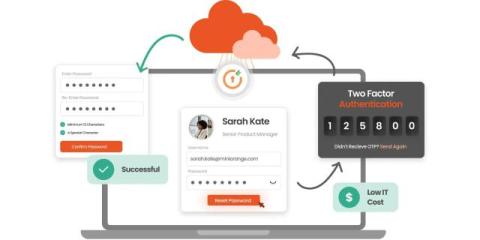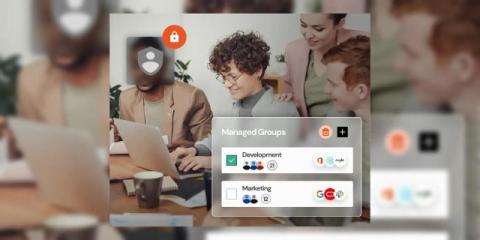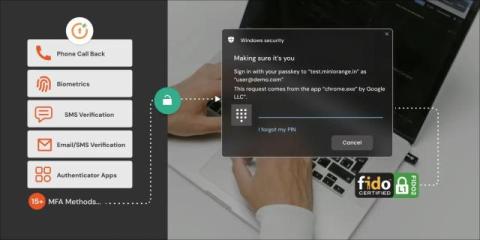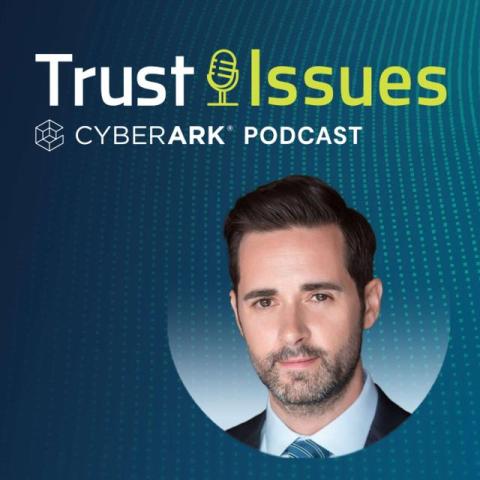LLMs Gone Wild: AI Without Guardrails
From the moment ChatGPT was released to the public, offensive actors started looking to use this new wealth of knowledge to further nefarious activities. Many of the controls we have become familiar with didn’t exist in its early stages. The ability to request malicious code or the process to execute an advanced attack was there for the asking from an open prompt. This proved that the models could provide adversarial recommendations and new attacks never before seen.











